-

Seamless steel pipe for oil cracking
Steel is an indispensable and important product in many fields, and the varieties of steel products used in different fields are also different. There are many varieties of steel products, including seamless steel pipes, channel steels, I-beams and H-beams for oil cracking in Wuxi. Different type...Read more -
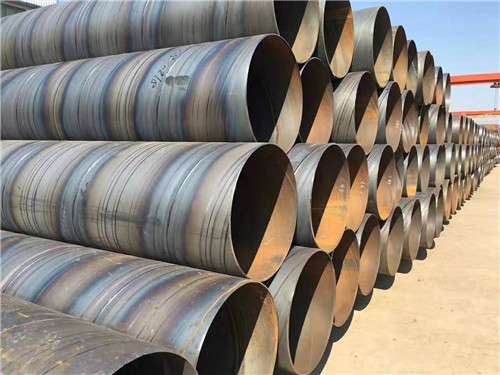
What is the difference between spiral steel pipe Q235B and L245
Q235B and L245 are the two materials that are encountered in the spiral steel pipe. The Q235B spiral steel pipe is the most common in the market at present, and the common specifications are available in stock, but L245 is a material in the pipeline steel. L245 is a low-pressure fluid coiled pipe...Read more -
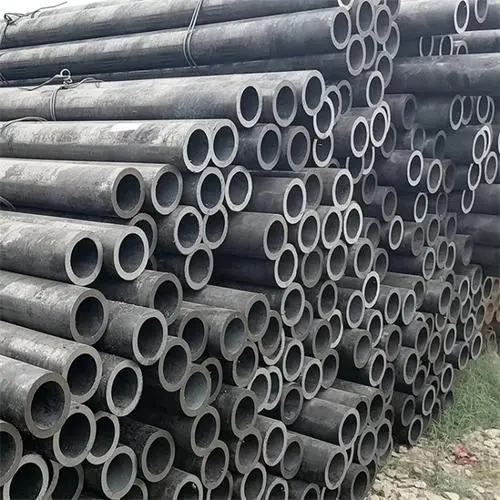
How to test the hardness of plastic coated seamless steel pipe?
In the process of using plastic-coated seamless pipes, it is very important to conduct a reasonable hardness test, so how do we use the correct method to test the hardness of plastic-coated seamless pipes? The mechanical properties test methods are mainly divided into two categories, one is tensi...Read more -
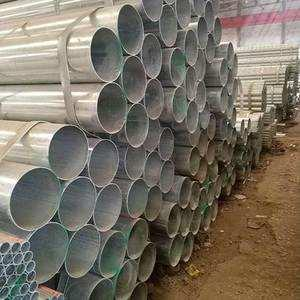
1.5 inch-2 inch hot-dip galvanized steel pipe
Since the 1.5-inch-2-inch hot-dip galvanized steel pipe is galvanized on the surface, it can have good weather resistance and corrosion resistance, not only can it make the service strength higher, adjust the groove rate and groove forming time Must not exceed the regulations, symmetrical. Apply ...Read more -

Thick-walled seamless steel pipe
The production process of thick-walled seamless steel pipe: 1. Round tube blank→heating→piercing→three-roll skew rolling, continuous rolling or extrusion→tube removal→sizing (or diameter reduction)→cooling→straightening. 2. Cold drawn (rolled) seamless steel pipe: Round tube blank→heating→piercin...Read more -
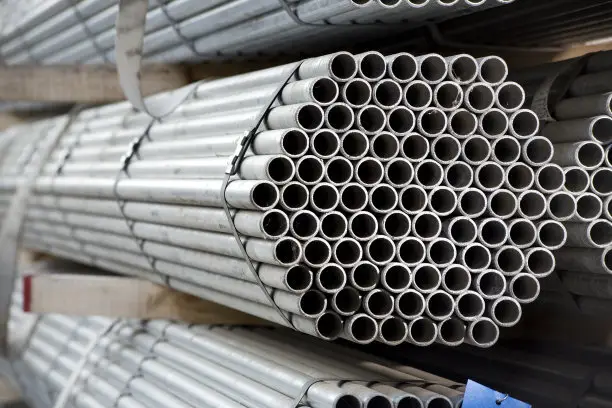
Classification of stainless steel decoration materials
According to the definition in GB/T20878-2007, it is a steel with stainless steel and corrosion resistance as the main characteristics, and the chromium content is at least 10.5%, and the carbon content is not more than 1.2%. Stainless steel is the abbreviation of stainless and acid-resistant ste...Read more -
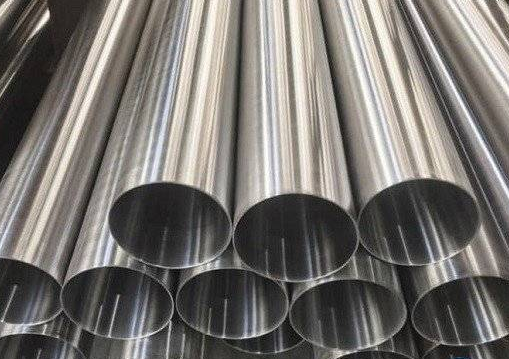
Stainless steel tube rolling process
1. What is the stainless steel tube rolling process The stainless steel pipe rolling process is a technique used to produce stainless steel water pipes and industrial pipes. The steps involved in this rolling technique are lengthy. It is with the help of funnel coils that the rolled sheets are ma...Read more -
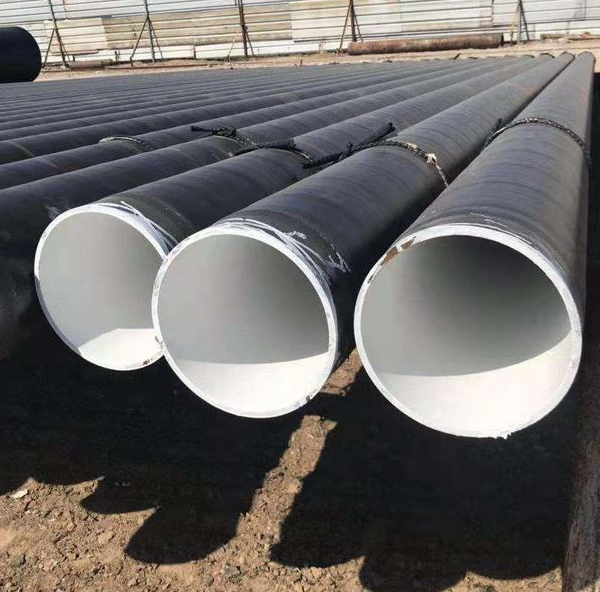
Anti-corrosion spiral steel pipe technology
Anti-corrosion spiral steel pipe is divided into internal anti-corrosion and external anti-corrosion, that is, the inner and outer walls of the spiral steel pipe are processed with anti-corrosion. There are many anti-corrosion forms of spiral steel pipes, including plastic-coated anti-corrosion, ...Read more -
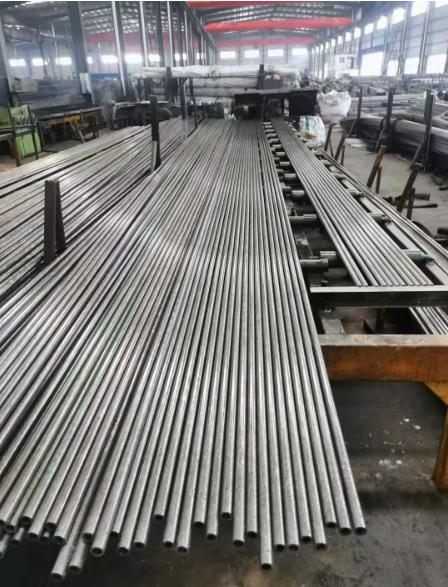
How are precision steel tubes processed?
Production method: Pipe materials (plates, strips) are immediately welded into pipe fittings, and the key processes are plate and strip forming, welding, and die. Features: few production processes, simple engineering steps, short product production cycle, slightly lower product accuracy. The sec...Read more -
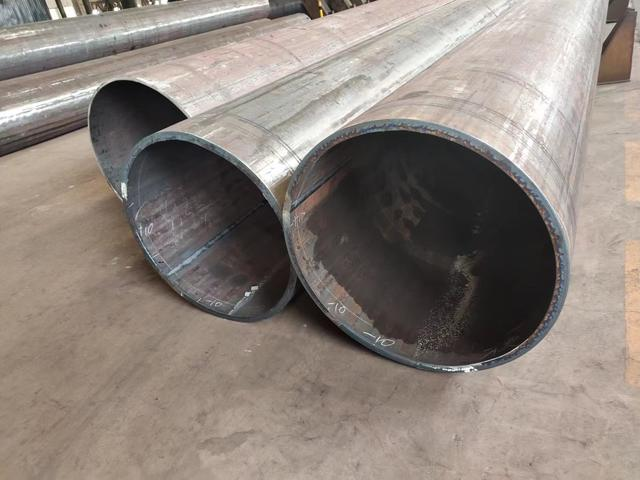
Q345E seamless steel pipe
Q345E seamless steel pipe is a kind of long steel with hollow section and no joints around. It is a special steel pipe for pipeline transportation. It is generally made of 10# and 20# steel. Because of its large bearing capacity, it is mostly used for high-pressure boilers and high-pressure pipel...Read more -
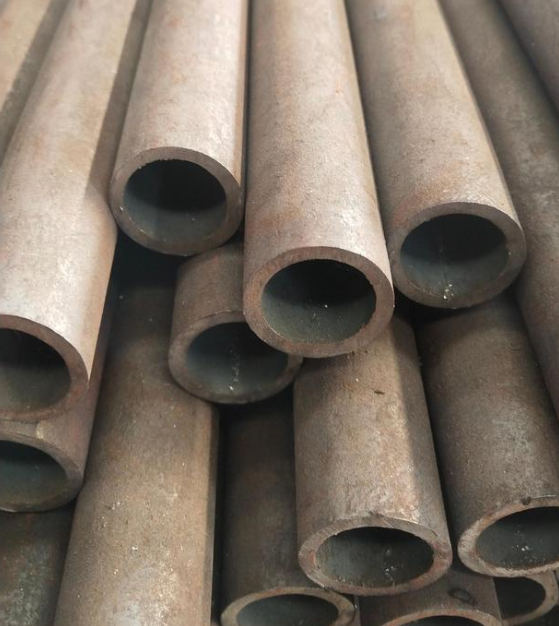
Q355NH Weather Resistant Small Diameter Seamless Steel Pipe
Q355NH weather-resistant small-diameter seamless steel pipe – From the current situation, on the one hand, the impact of macro expectations is significant, and the Fed’s promise to cut interest rates has been fulfilled. Inflation and energy supply problems will continue to affect the ...Read more -
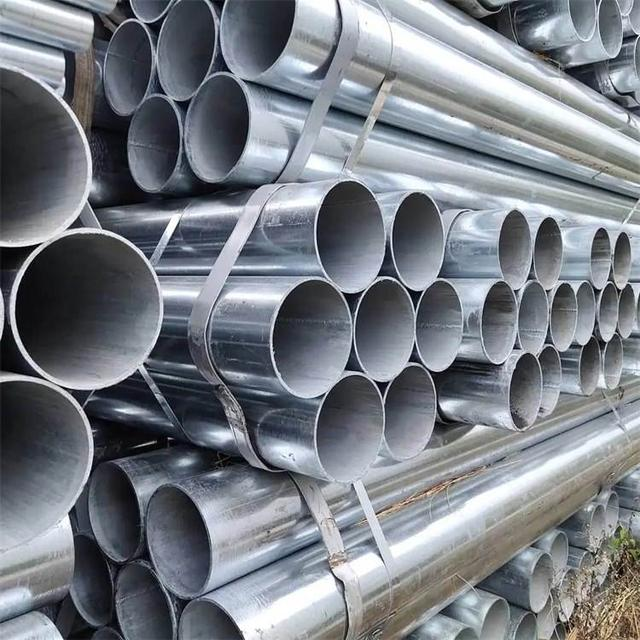
2 inch-2.5 inch hot-dip galvanized straight seam welded pipe
2.5 inch hot dip galvanized straight seam welded pipe Generally speaking, the galvanized layer of galvanized strip steel is relatively thick, which can resist external corrosion. Some manufacturers are mass-producing galvanized strip steel for consumer use. Zinc-coated pipes need to be carefully ...Read more

